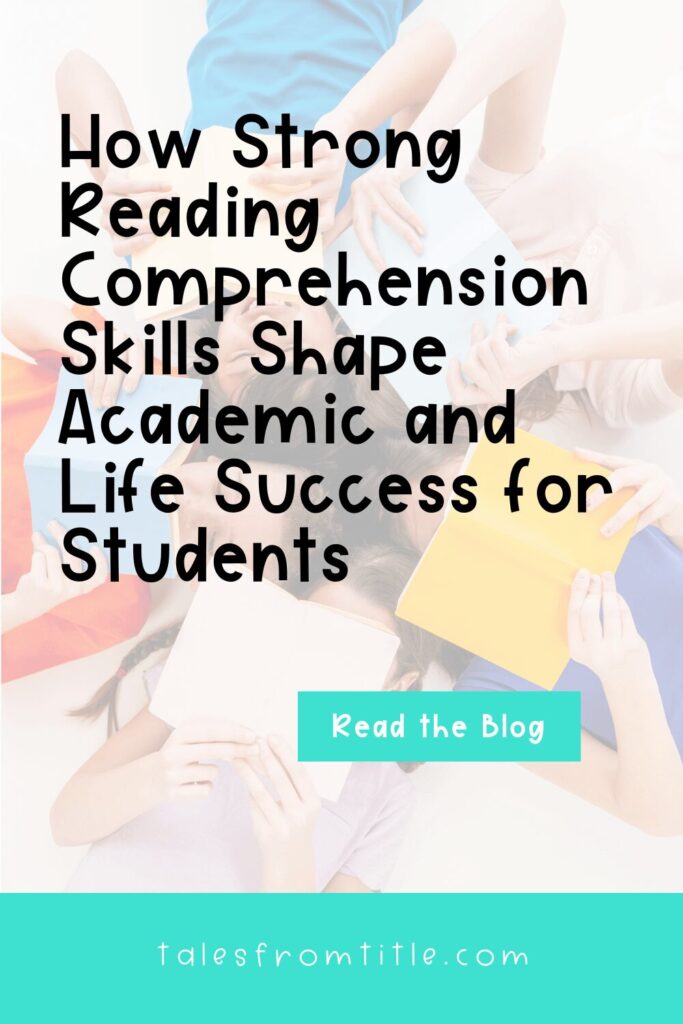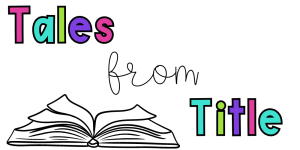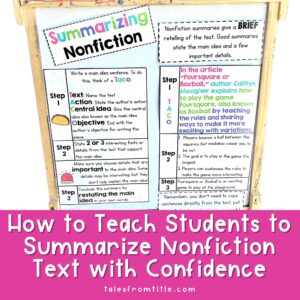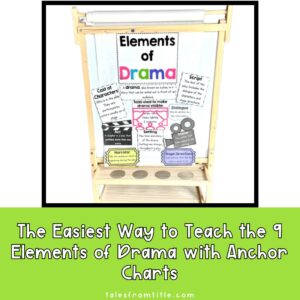It’s time for the final part of my ten-part series on the components of reading! In this series, I discuss what each component of reading is, what it means, and why it’s important. If you missed the earlier posts, you can catch up here:
- Part 1 – What is Phonemic Awareness
- Part 2 – Why is Phonemic Awareness Important
- Part 3 – What is Phonics
- Part 4 – Why is Phonics Important
- Part 5 – What is Fluency
- Part 6 – Why is Fluency Important
- Part 7 – What is Vocabulary
- Part 8 – Why is Vocabulary Instruction Important
- Part 9 – What is Reading Comprehension
Today’s post is the grand finale of my ten-part series on the five components of reading. I’m thrilled to have started consistently blogging. Completing this post has been exactly what I needed to establish a routine of publishing one blog post per week.
But now, let’s focus on the real reason you’re here: why reading comprehension is so important to student success.
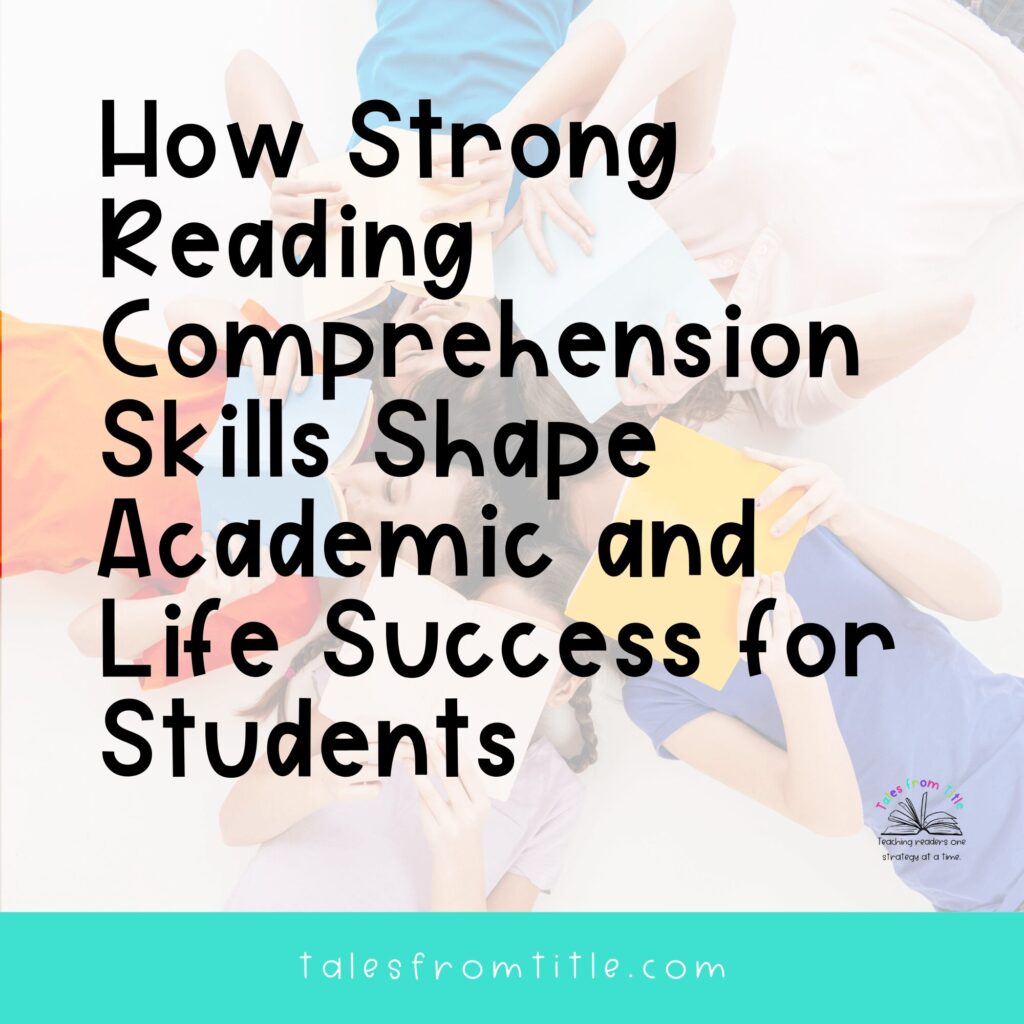
Why Reading Comprehension Is Important
Reading comprehension is more than just understanding words on a page; it’s the cornerstone of learning and effective communication. In my previous post, we explored what reading comprehension is. Today, we’ll dive into why it’s so important and how it impacts every facet of a student’s academic and personal life.
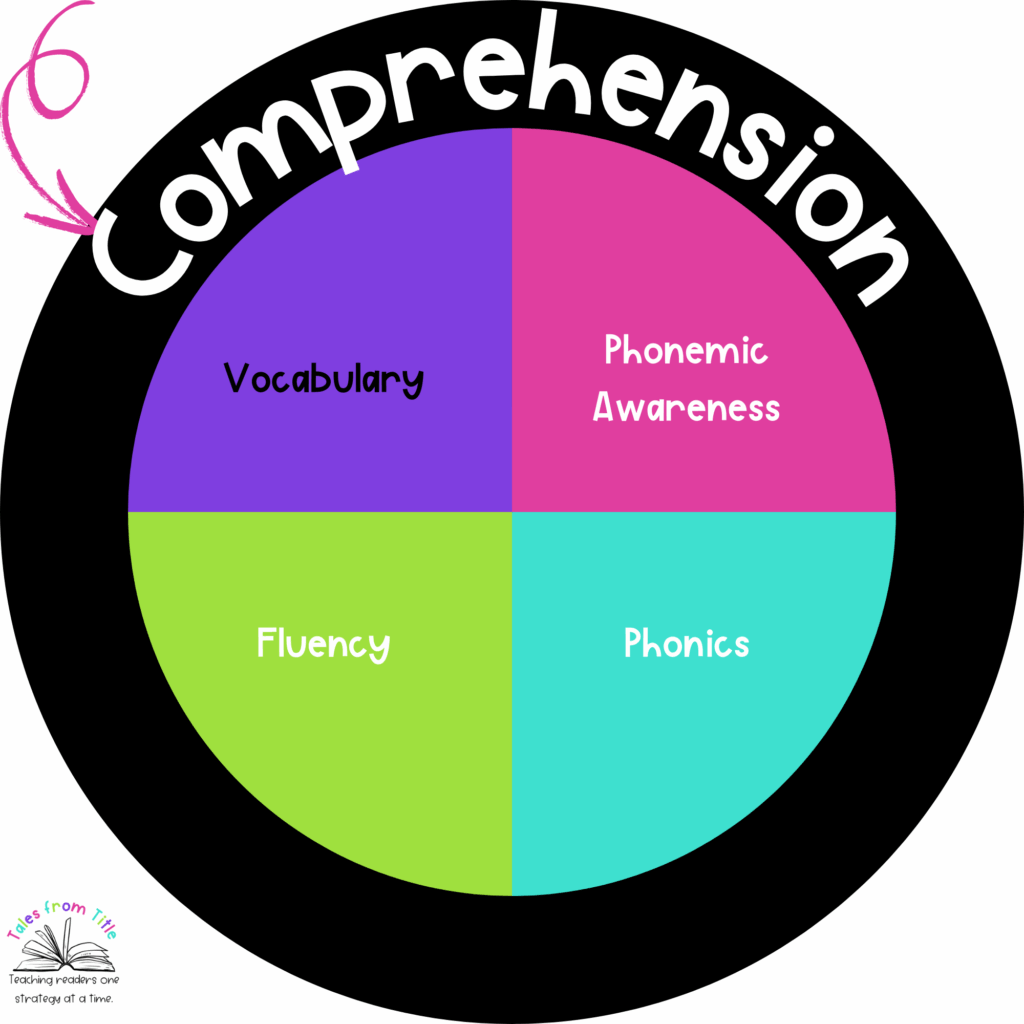
Academic Success
Strong reading comprehension skills are essential for success in all areas of education. Whether it’s solving math word problems, analyzing a science experiment, or understanding historical events, comprehension is key. Students who can grasp and interpret what they read perform better on tests, participate meaningfully in class discussions, and produce thoughtful written work.
In a world where students can access information 24/7, it’s more important than ever for them to have strong comprehension skills. With an abundance of information available, readers need to not only comprehend text but also decipher fact from fiction. By helping students develop skills to summarize text, answer questions, and connect new information with prior knowledge, we set them up for lifelong success.
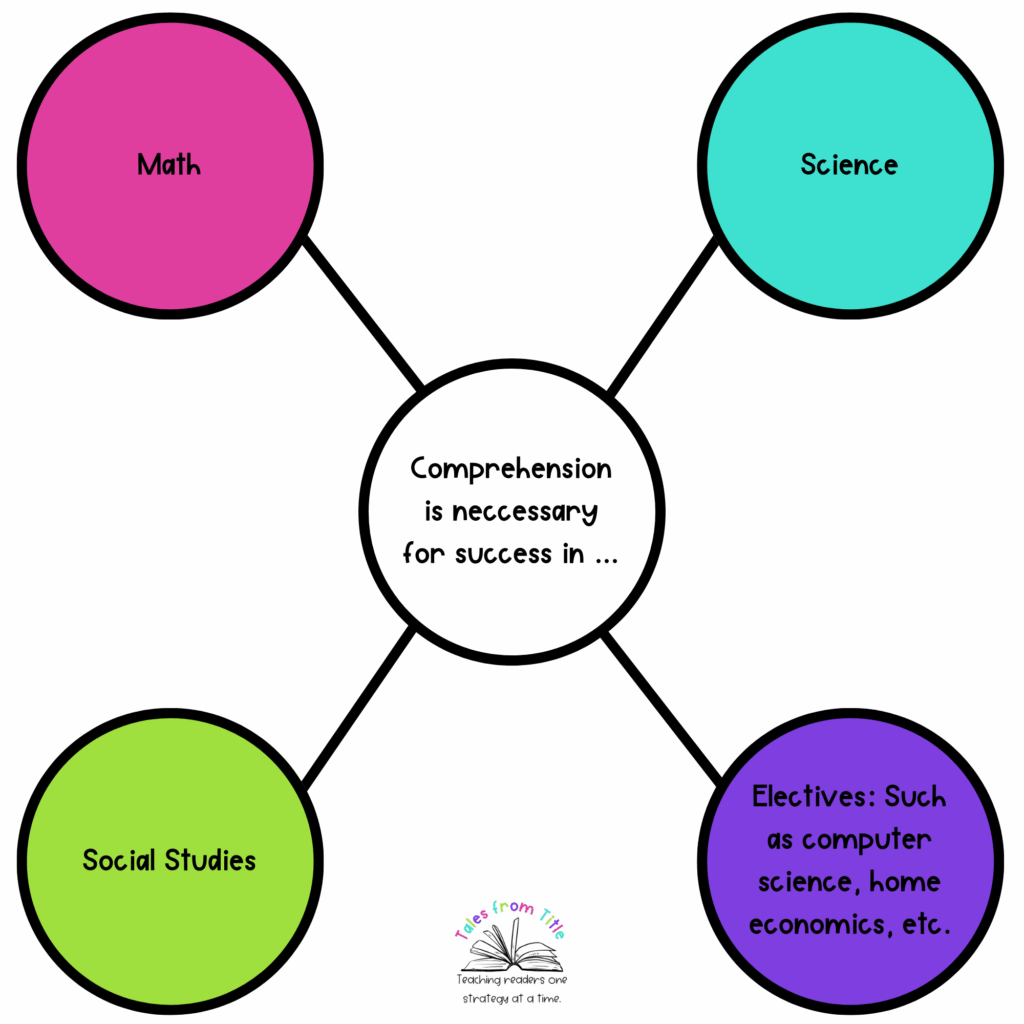
Building Critical Thinking Skills
Reading comprehension doesn’t just help students understand text, it sharpens their ability to think critically. When students analyze characters’ motives, infer hidden meanings, or synthesize information from multiple sources, they’re engaging in higher-order thinking. These skills are essential for problem-solving and decision-making in all aspects of life.
Teachers can foster critical thinking by incorporating activities that ask students to predict outcomes, debate interpretations, or make connections between texts and real-world issues. These strategies deepen comprehension and enhance cognitive development.
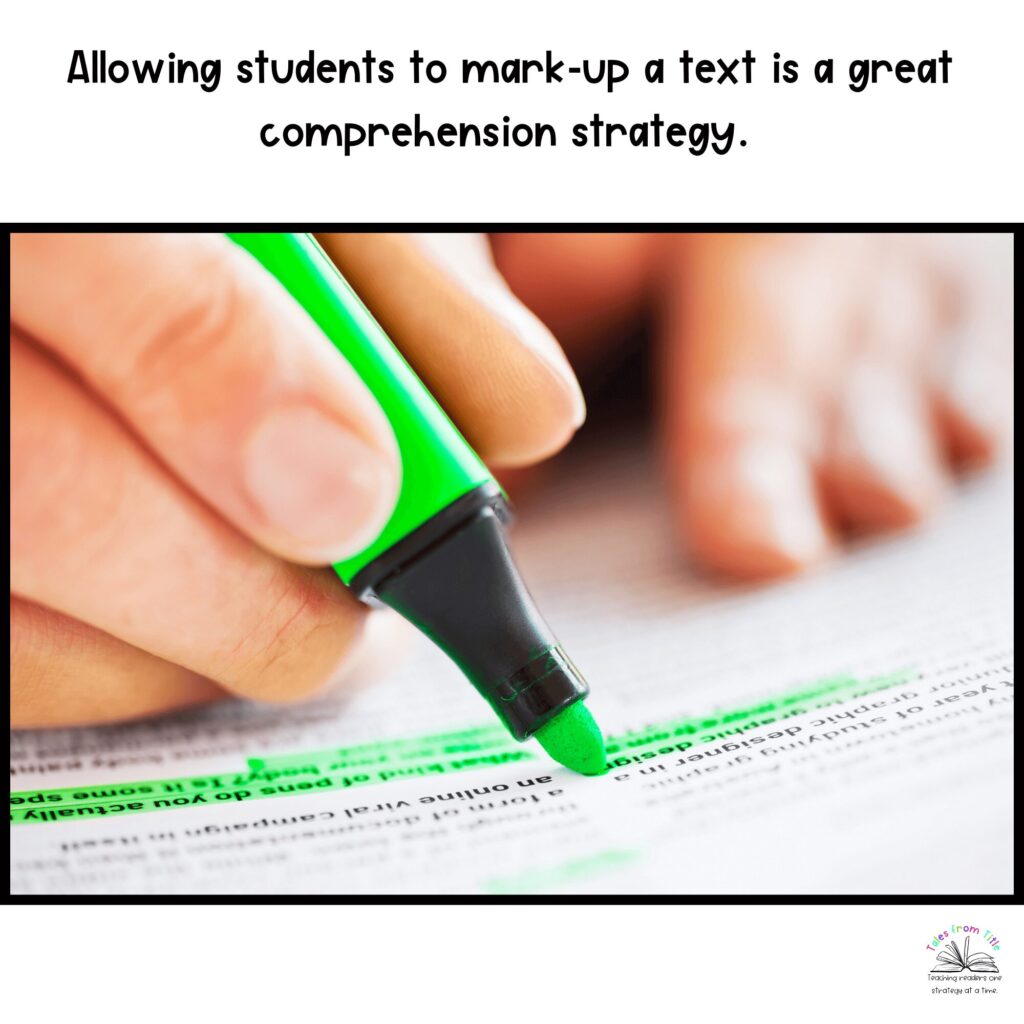
Real-Life Applications
Comprehension isn’t limited to the classroom. Students benefit from strong comprehension skills in every area of life. From following instructions to understanding contracts or interpreting news articles, reading comprehension plays a role in countless everyday tasks. Students who master this skill are better equipped to communicate effectively and continue learning throughout their lives.
Bringing real-life examples into the classroom, like analyzing recipes, schedules, or directions, helps students see the value of comprehension. These practical applications make learning meaningful and relevant.
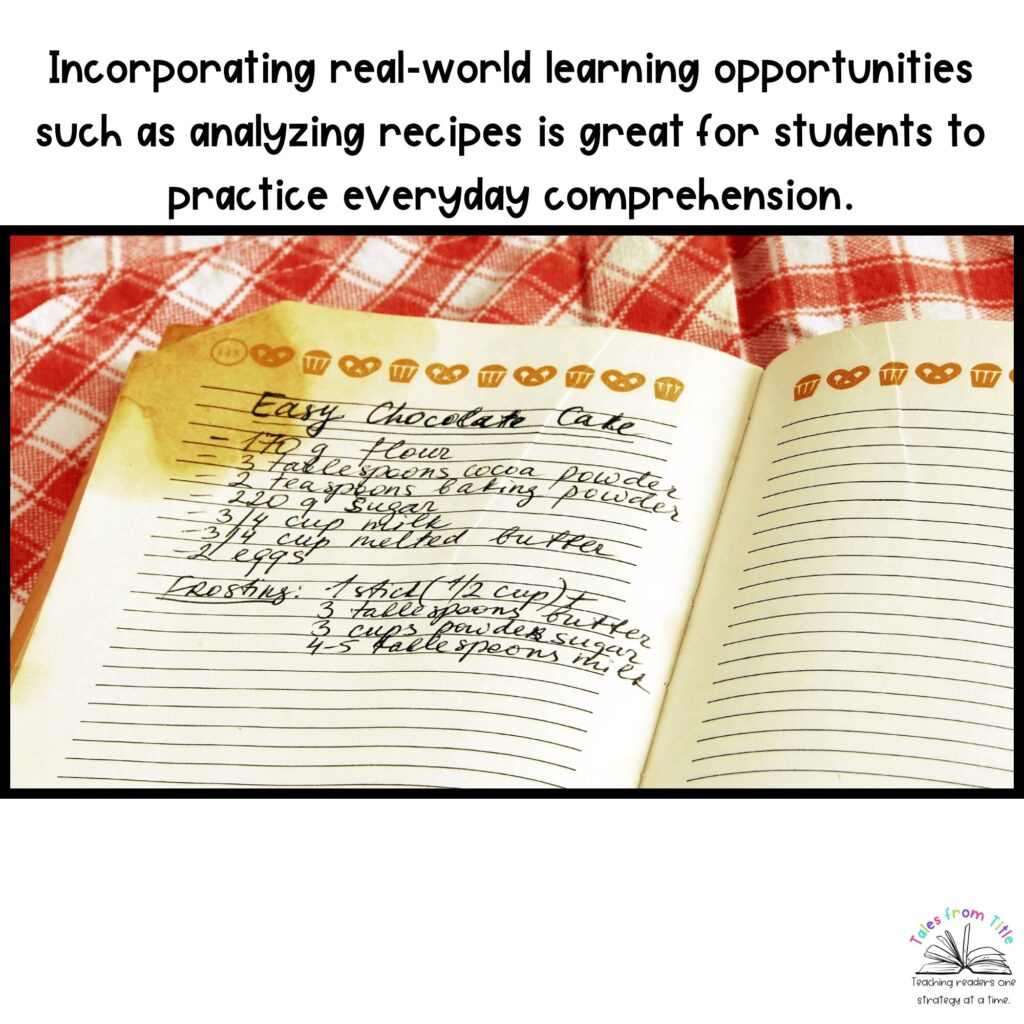
Emotional and Social Development
Stories allow readers to step into the shoes of others, fostering empathy and teaching about the perspective of others. Through stories, students connect with characters, themes, and experiences removed from their own lives. This emotional engagement builds social skills and helps students understand diverse viewpoints in our world.
Teachers can encourage these connections by facilitating discussions about characters’ choices, exploring moral dilemmas, and reflecting on personal experiences related to stories. These activities make reading a powerful tool for emotional and social growth while teaching students how to have meaningful discussions about what they are reading.
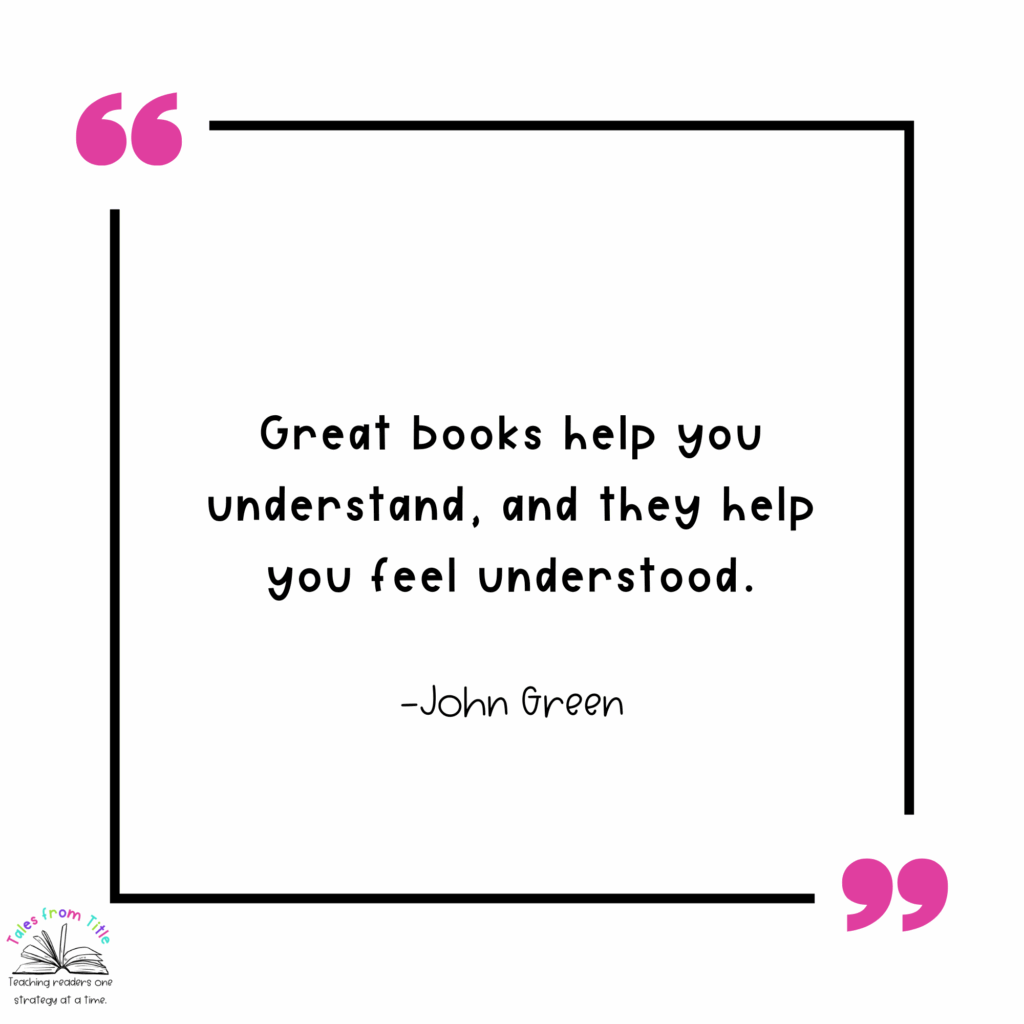
Preparing for Future Opportunities
As students grow, the importance of reading comprehension becomes even more evident. College readiness, career success, and lifelong adaptability all hinge on the ability to understand and analyze complex texts. Whether it’s reading technical manuals, professional reports, or continuing education materials, strong comprehension skills are critical.
Teachers can help students make this connection by introducing age-appropriate texts that challenge their abilities and emphasizing the practical benefits of strong comprehension skills.
Conclusion
Reading comprehension is essential for academic achievement, critical thinking, real-life problem-solving, emotional growth, and future success. By prioritizing comprehension strategies in the classroom, teachers empower students to thrive both in and out of school.
If you’re looking for effective tools to support your students’ comprehension, check out my fiction comprehension skills anchor charts.
These resources are designed to make teaching comprehension engaging, visual, and accessible. Visit my store to learn more!
